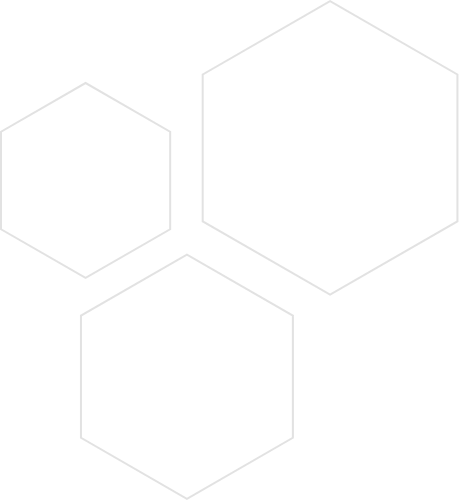
May 20, 2020 — With new information around SARS-CoV-2 and COVID-19 surfacing on an almost daily basis, we are consistently reminded of the complexity and relatively unknown mechanisms behind why this disease presents with such a varying degree of severity. The impacts of COVID-19 infection on pediatric patients have been of particular concern in recent weeks given the apparent links of a severe Kawasaki-like disease, Pediatric Multisystem Inflammatory Syndrome (PMIS), coinciding with the pandemic. Incidence has been reported in the US and worldwide, with ~100 reports and three deaths in New York and the description of a broader outbreak in Italy outlined here.
While the cause of Kawasaki disease remains unexplained, it is hypothesized to be an infectious agent. Accordingly, comparing the molecular course of COVID-19 with data from Kawasaki patients could help identify similarities between the two. This comparison could further prove useful if we can identify therapies effective in treating Kawasaki disease and begin to evaluate their potential for benefit in treating COVID-19 in children presenting with Kawasaki disease or Kawasaki-like symptoms.
The QuartzBio SARS-CoV-2 / COVID-19-like data aggregation initiative provides an opportunity to quickly investigate this link. Thanks to my friend/former colleague/physician-informaticist Marcy Fitz-Randolph, for pointing me to two relevant data sets
- This one looks at the impact of the anti-TNFA therapy Infliximab treatment on KD patients
- This one looks at the effect of intravenous immunoglobin and methylpredisolone therapy on KD patients
Our opportunity is to integrate the whole transcriptome from these two data sets and explore the relationship between mechanisms and pathways by leveraging our proprietary biologically guided AI, which uses prior knowledge to aid in mechanistic modeling. Ideally we’d have transcriptomic or other -omics data from pediatric patients with COVID-19 that are both exhibiting and not exhibiting the symptomology of Kawasaki disease to compare it to, but if those data exist, they’ve not been published yet. We can still compare it to the transcriptomic data published from NHBEs and ferret models infected with SARS-CoV-2, and the lung biopsies from a COVID-19 patient. Hopefully, anything that scientists and physicians learn about children exhibiting these serious manifestations of COVID-19 can be used to aid in the treatment of Kawasaki disease.
If there are other examples where COVID-19 is either causing, or mimicking symptoms of a condition, let us know and we’ll look into integrating those data into the current ecosystem.
Author: Renée Deehan, PhD | VP, Computational Research

